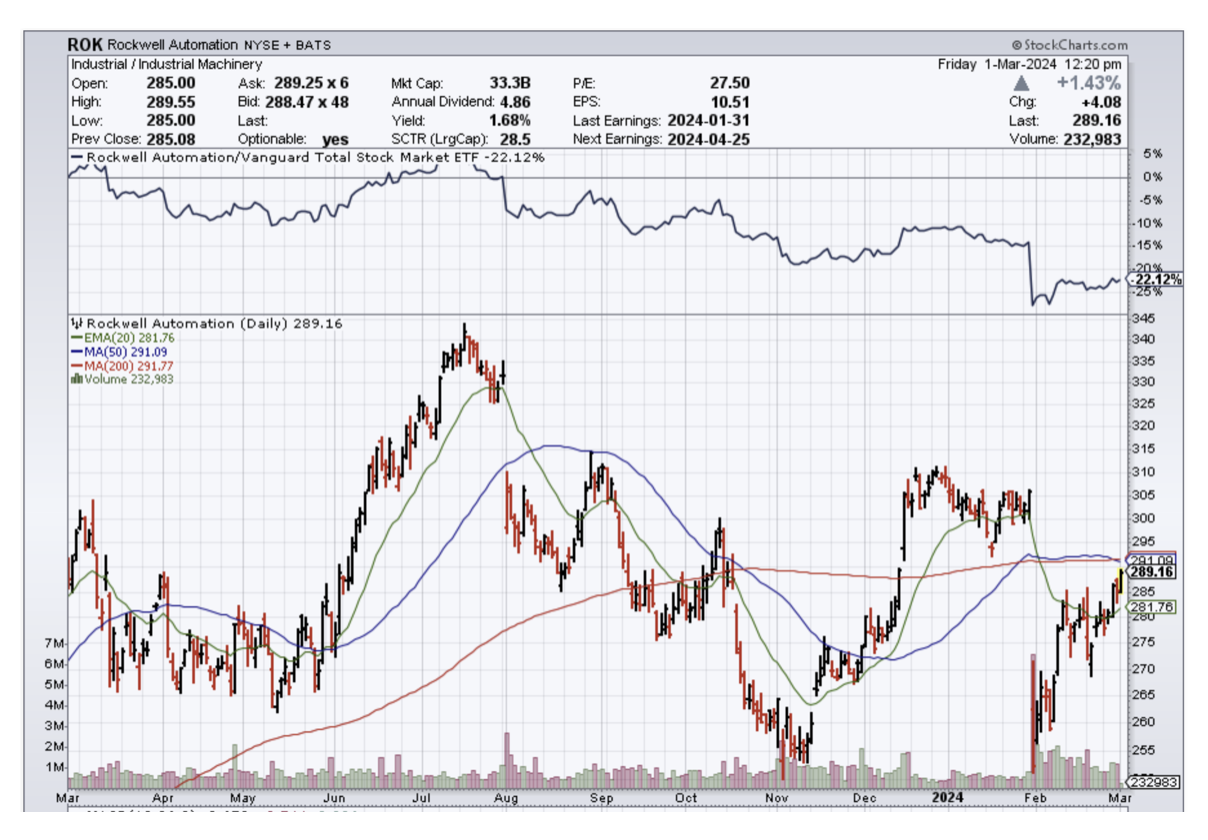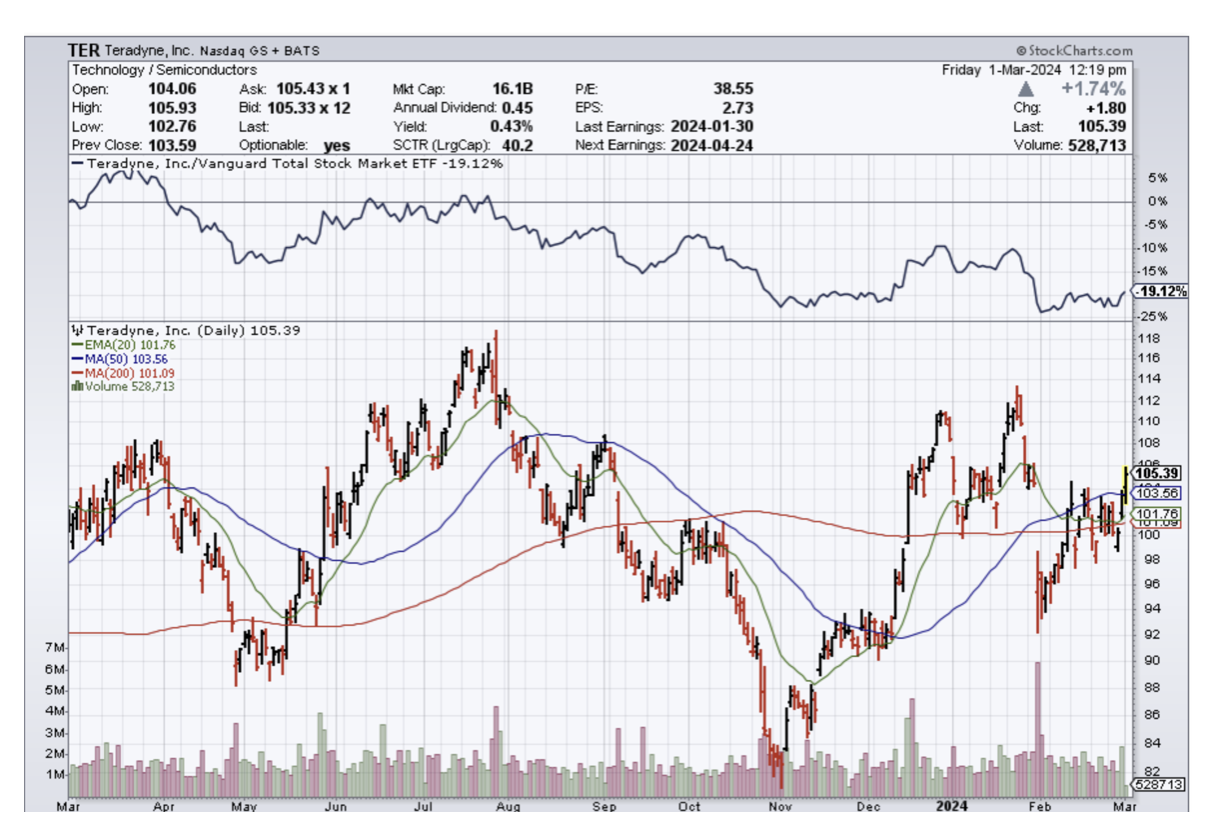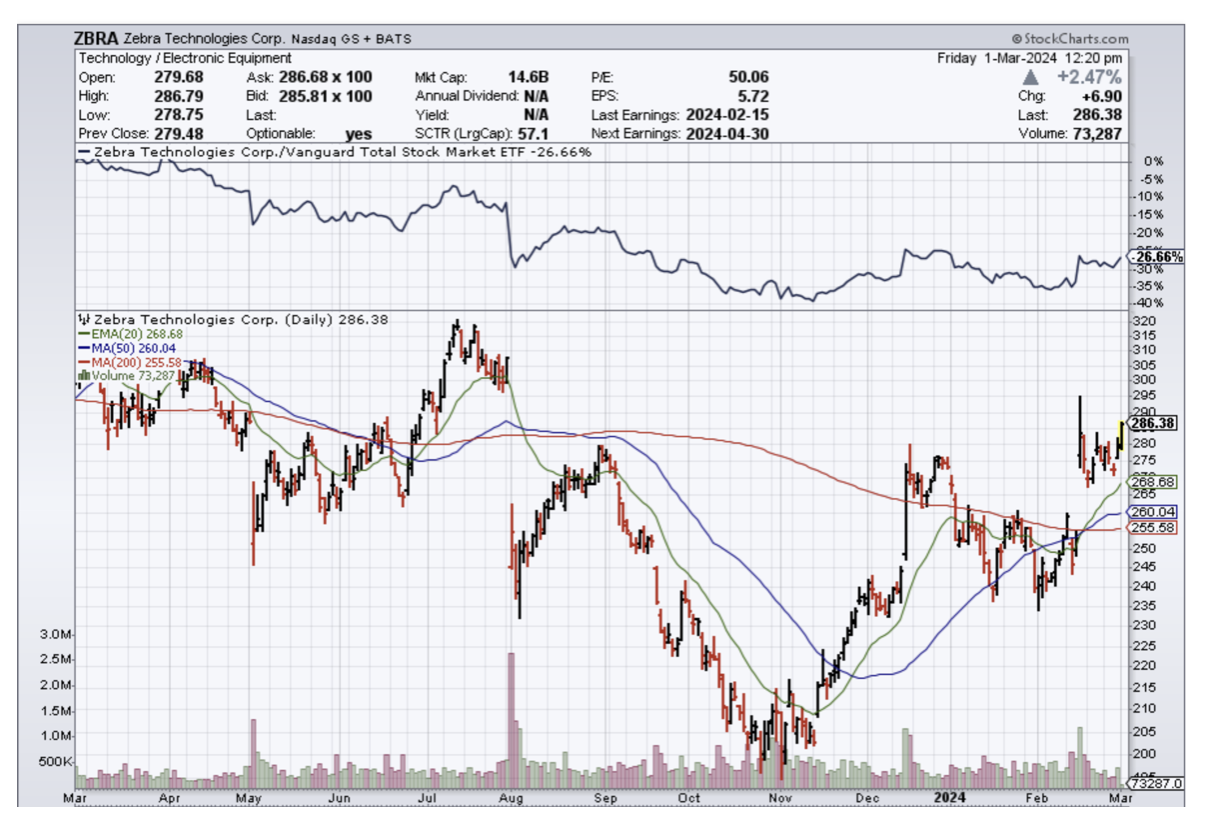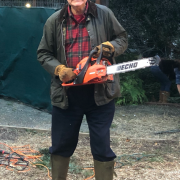We need to look to the future to better understand what is next after software-as-a-service (SaaS).
Technology never keeps still and evolves.
Even giant Google who invest countless numbers of dollars and man-hours into AI are facing short-term pressure on their AI trajectory.
I do believe the next iteration and extension of technology services will be accretive to the tech ecosystem and help boost stock shares and that piece of technology will come in the form of Robotics-as-a-Service (RaaS).
The RaaS market size is expected to grow by US$8.23 billion from 2024 to 2030 at 34.12%.
Like a number of other shared services, RaaS is becoming increasingly popular due to its convenience and flexibility, as well as being cost-effective and easy to implement.
Remember that human workers get sick, like to take days off, shout to the rafters about promotions, better pay, and more benefits.
Robots don’t do that.
RaaS also allows a company to have the benefits of robotic process automation by leasing robotic devices and accessing a cloud-based subscription service.
You will own nothing and be happy.
By not having to purchase the equipment outright, organizations can avoid the downsides of ownership and maintain their bottom line.
Cloud computing solutions are already in place for many organizations, so the foundation for RaaS has been perfectly set for the model’s increased use.
As adopting smart robotic technologies requires companies to part with a significant chunk of their financial resources, a RaaS solution also means companies have no need to invest in costly infrastructure.
Remote services and IoT are major growth, but lack of awareness and acceptance pose challenges
A major driver of the market is going to be the increased remote services provided by vendors in the market.
Companies are moving away from the physical approach of providing break-and-fix services to incorporate services that are predictive and proactive by combining the remote service platform with the Internet of Things.
The reason why uptake won’t be higher is because in some settings that require a personal touch like healthcare, companies will be hesitant to adopt robots because customers could feel alienated.
We are still in the early innings.
As the tech ecosystem advances, the integration of robots into this industry is inevitable.
Yes, they will be relied on to perform mundane tasks at first like Amazon’s warehouse robots who move around large amounts of packages.
We need to start somewhere.
In the future, robots will increasingly start to reach further up the value-added chain to offer some quite impressive set of skills to contribute to the labor force.
Rome wasn’t built in one day.
Some stocks to be on the lookout in the RaaS space are:
Rockwell Automation (ROK) is a leader in industrial-grade technology. Its systems, components, and software help manufacturers develop smarter and more efficient machines.
Zebra Technologies (ZBRA) is a longtime player in the automation space. The firm develops mobile computing devices to help employees of a company work more efficiently.
Teradyne (TER) is a developer of industrial equipment that helps automate repetitive tasks.
Intuitive Surgical (ISRG) is a pioneer of robotic-assisted surgery. Its da Vinci system made its commercial debut in 2000 and has since expanded across the globe.
Lastly, a second derivative play powering these robots will be Nvidia (NVDA) chips.






